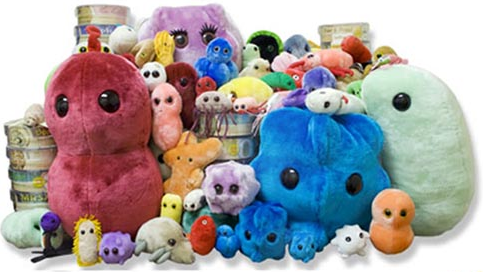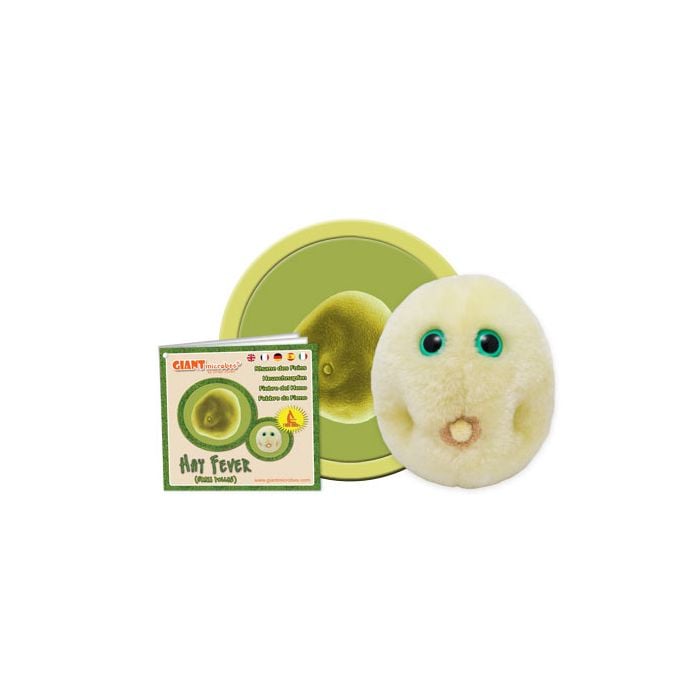Pollen (Hay Fever)
ACHOO! Meet the GIANTmicrobes Pollen plush, a hilariously oversized version of the pesky grains behind seasonal allergies and hay fever. This adorable allergen is based on the real microscopic structure of pollen and makes a great gift for anyone who suffers through springtime sniffles or loves science with a sense of humor.
From blooming flowers to runny noses, pollen plays a huge role in our environment - and our sinuses! This plush comes with an educational card full of facts about allergic reactions, histamines, and the science behind hay fever.
Whether you're looking for a fun biology gift, a classroom tool, or a laugh-worthy get well present, this Pollen plush is a breath of fresh air (unless you're allergic!).
Product Details
Additional Information
| Sizes | Giantmicrobes are based on actual microbes, cells, organisms and other critters, only 1,000,000 times actual size! Gigantic (GG) 40-60cm XL (XL) 25-38cm Original (PD) 12-20cm Minis (MM) 5-10cm each Keychain (KC) 5-10cm with clip |
|---|---|
| Materials | Plush from all new materials. Stuffed with polyester fiber fill. Surface washable: sponge with water & soap, air dry. |
| Packaging | Each plush microbe includes a printed card with fun, educational and fascinating facts about the actual microbe or cell. |
| Safety | Every product meets or exceeds U.S. and European standards for safety. For ages 3 and up. |
All about Pollen (Hay Fever)
| Name | Allergic Rhinitis (to grass pollen) |
|---|
| Actual Size | Pollen grains are 22-122 micrometers in diameter, meaning 265 average-sized pollen grains fit across the diameter of a penny. |
|---|
| Where It Lives | Hay fever can affect people and animals! Your dogs or cats can catch hay fever too! |
|---|
| Symptoms | Itchy eyes, scratchy throat, sneezing, and blocked sinuses. |
|---|
| Cure |
• The best way to cure yourself from hay fever is to stay away from the pollen or microbes that cause your body’s reaction! • Medication such as antihistamines serve to reduce your body’s reaction to allergens. |
|---|
| Deadliness/Severity |
• Can lead further to complications, namely, worsening asthma or sinus infections. • Quality of life can be greatly reduced to those more prone to reactions. |
|---|
| Infectiousness | Hay fever is caused by an allergic response to outdoor or indoor allergens, such as pollen, dust mites or pet dander. |
|---|
| History |
• John Bostock was the first person to present a paper describing the symptoms of hay fever in 1819. • In 1859 Charles Blackley was able to trace the exact source of his allergies to grass pollen. Over time the general public’s view of hay fever changed from a “disease” to how it is currently viewed today: a reaction. |
|---|
| Fascinating Facts | Hay Fever was so named because the general public thought that the smell of new hay produced the illness. |
|---|





